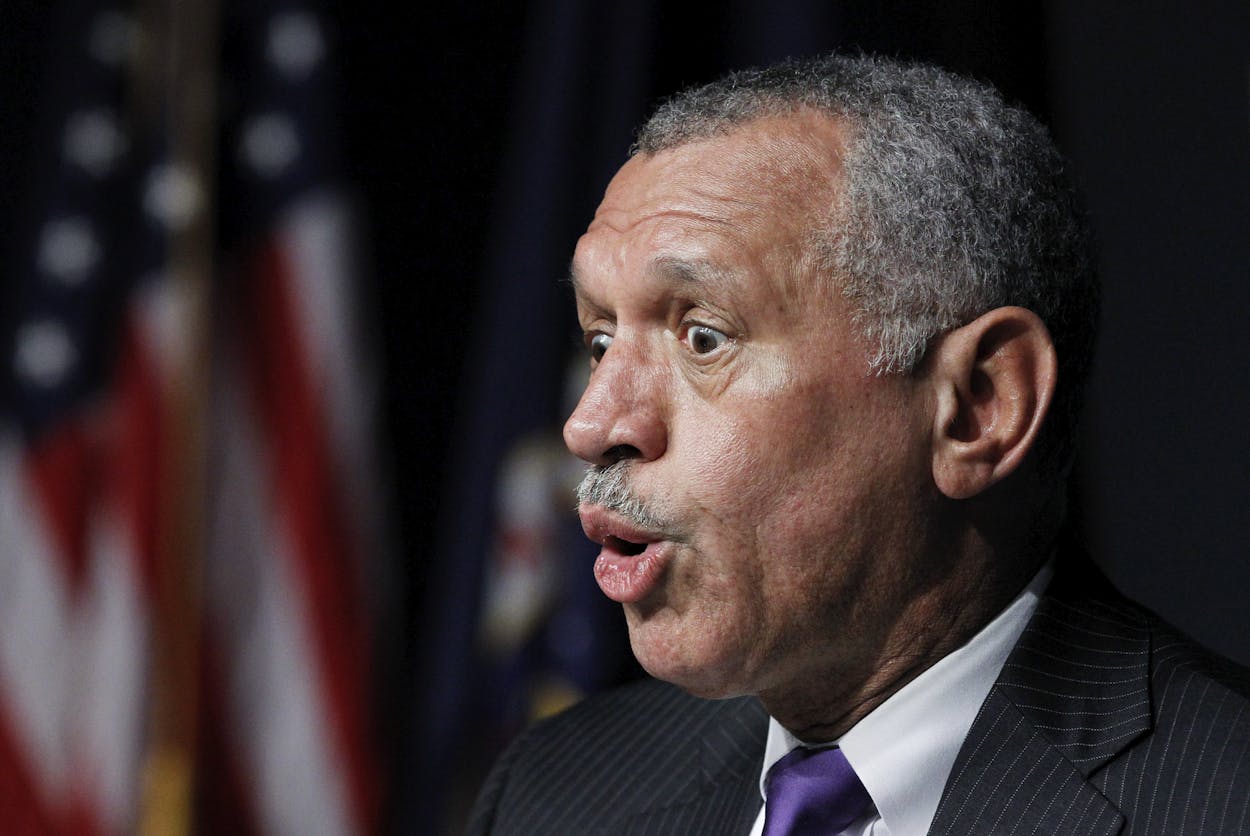In a presentation to the House Science, Space and Technology Committee on Tuesday, NASA officials revealed their plan of action if they were to discover an asteroid three weeks away from obliterating the Earth: they would “pray.” The agency’s helplessness is a result of insufficient funding and decades of procrastination, said NASA Administrator Charles Bolden.
Tuesday’s Congressional hearing was proposed by the committee’s chairman, Texas Rep. Lamar Smith, in response to last month’s unexpected extraterrestrial encounters, the Houston Chronicle reported. February 15 saw two “rare events”: a meteor exploded over Russia—injuring over 1,000 people—and another asteroid (known as 2012 DA14) passed within just 170,000 miles of the Earth. Though scientists had been tracking DA14, they were not aware of the second meteor until it was headed toward Russia, the Chronicle wrote.
While NASA has detected nearly 10,000 “near-Earth objects,” 95 percent of them are one kilometer or more in width, USA Today reported. According to President Obama’s science advisor, John Holdren, NASA only detects 10 percent of midsize asteriods (larger than 140 meters in width), and that’s what Congress is concerned about. Because even though these asteroids sound small, they’re still large enough to destroy a city, and more than 10,000 scooted past the Earth unnoticed last year, as USA Today wrote. Fortunately, Bolden did add that the chance of any of these colliding with us in the next hundred years is “extremely remote.”
Lawmakers have mandated NASA to detect 90 percent of the midsize “city killers” by 2020, but Bolden estimated it would not be possible until 2030 with the current budget, NBC News reported.
One project that may help asteroid detection efforts is an Earth-orbiting infrared telescope, like the one the B612 Foundation is building at a cost of $500 million, USA Today reported. Holdren said objects like the Russian meteor cannot be detected by ground-based technologies because the sun’s glare gets in the way.
An even more effective tool would be an infrared telescope orbiting Venus, but at $750 million, it is a little too pricey for Congress.
NASA’s presentation was “not reassuring” to Smith. “Maybe we can help you out with the budget. Don’t know,” Smith replied. “We need to find ways to prioritize NASA’s projects.”
- More About:
- Politics & Policy
- Space






